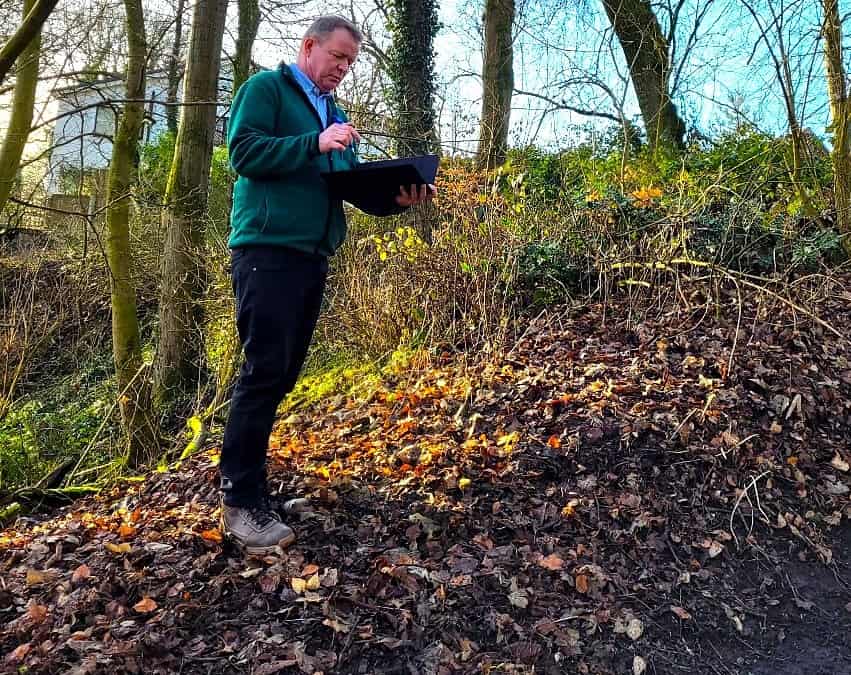Learn the Importance of Invasive Species Management for Japanese Knotweed & the impact of Japanese Knotweed on the environment and why it is crucial to manage this invasive species.
Find out about effective management strategies and how they can help control its spread.
Japanese Knotweed is an invasive plant species
that is native to Japan and was introduced to Europe and North America as an ornamental plant. It is now considered one of the most invasive plant species in the world and poses a significant threat to the environment, infrastructure, and biodiversity. Its rapid growth and ability to spread easily make it difficult to control and manage.
In this article, we will explore the importance of invasive species management for Japanese Knotweed. We will discuss the impact of Japanese Knotweed on the environment, why it is essential to manage this invasive species, effective management strategies, and how they can help control its spread.
Impact of Japanese Knotweed on the Environment:
Japanese Knotweed is known to have a negative impact on the environment. Some of the ways it affects the environment are:
- It outcompetes native plant species, reducing biodiversity.
- Its dense growth can cause flooding and erosion.
- It can damage buildings, roads, and other infrastructure.
- It can negatively impact wildlife habitats.
Why is it essential to manage Japanese Knotweed?
Managing Japanese Knotweed is crucial because of its ability to spread rapidly, and once established, it is difficult and costly to eradicate. Some of the reasons why managing Japanese Knotweed is essential are:
- To prevent its spread into new areas.
- To protect the environment, infrastructure, and biodiversity.
- To reduce the cost of management and eradication in the long run.
Effective Management Strategies for Japanese Knotweed:
There are several management strategies for controlling Japanese Knotweed. Some of the most effective methods include:
-
Chemical Control:
Chemical control involves the use of herbicides to kill the plant. This method is often used in combination with other control methods, such as physical control or excavation. It is essential to use a licensed and trained professional for the application of herbicides to avoid harm to the environment and non-target species.
Physical control involves the excavation or removal of the plant, including its root system. This method is often used in small infestations or areas where chemical control is not suitable.
Biological control involves the use of natural enemies, such as insects, to control the spread of the plant. This method is still in the experimental stage and has not been widely used.
Integrated Pest Management (IPM) is a combination of various control methods to manage Japanese Knotweed. This approach involves the use of chemical, physical, and biological control methods, as well as monitoring and prevention strategies.
FAQs:
- How does Japanese Knotweed spread?
Japanese Knotweed can spread through seeds or vegetative reproduction. The plant can grow from small pieces of the stem or root, making it easy for it to spread rapidly.
- Can Japanese Knotweed damage buildings?
Yes, Japanese Knotweed can cause significant damage to buildings, roads, and other infrastructure. Its strong and extensive root system can grow through concrete, causing structural damage. However please note Japanese knotweed will not damage well laid concrete.
Nonetheless managing Japanese Knotweed is crucial to protect the environment, infrastructure, and biodiversity. It is essential to use effective management strategies to control its spread and prevent its establishment in new areas. Additionally chemical control, physical control, biological control, and integrated pest management are some of the most effective methods for managing Japanese Knotweed. By implementing these management strategies, we can help reduce the impact of this invasive species on the environment and society.
